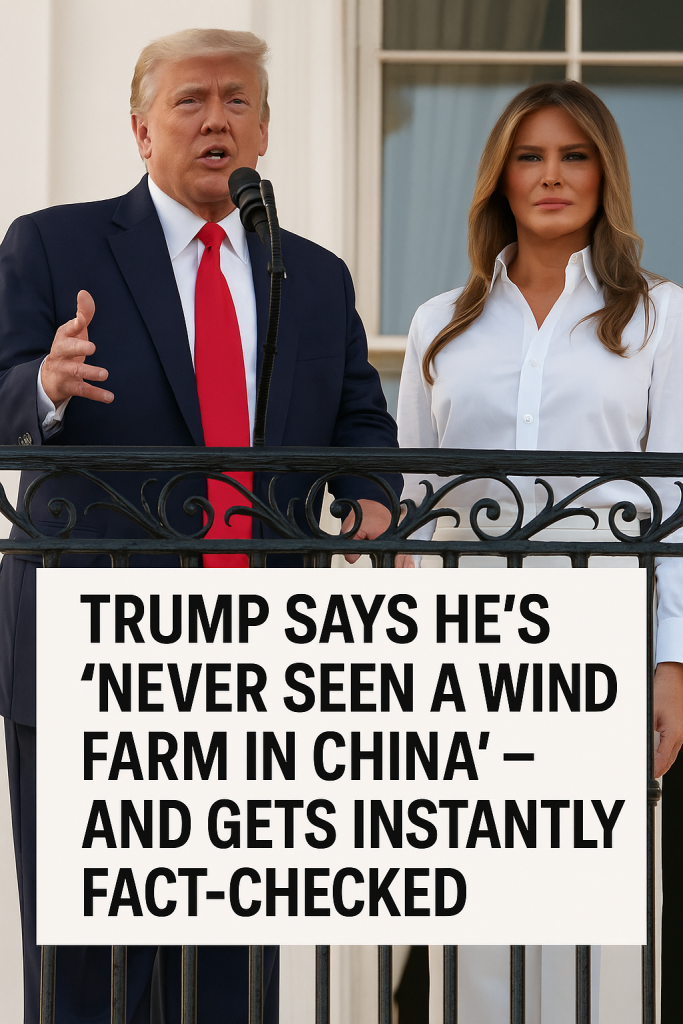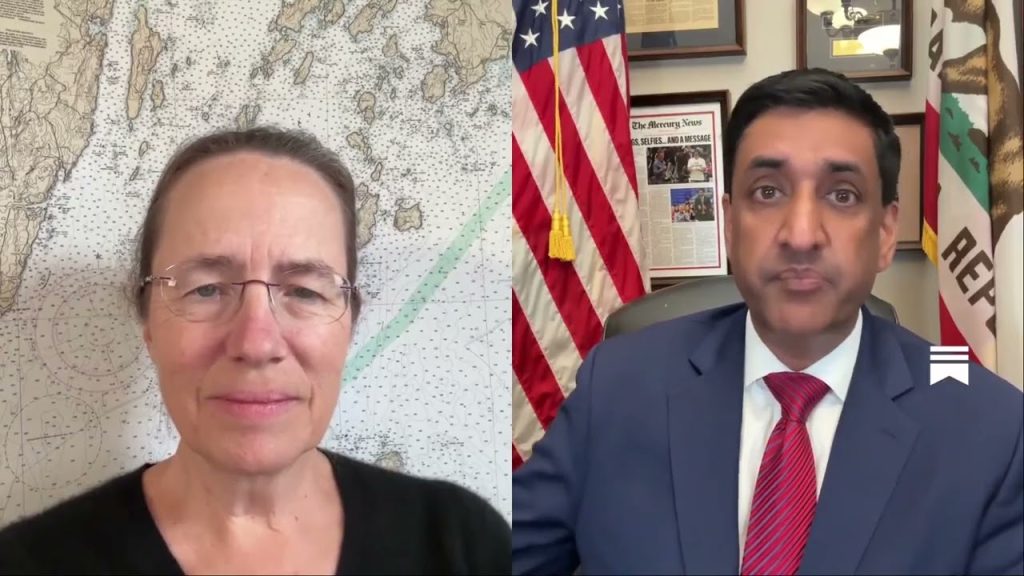Former President Donald Trump sparked a wave of online fact-checks in March 2024 after claiming that he has “never seen a wind farm in China.” The statement quickly drew scrutiny from experts, analysts, and media observers, who pointed out that China is, in fact, the global leader in wind energy development. The incident highlights ongoing debates about renewable energy, the U.S.-China rivalry, and the accuracy of public statements by political figures.
During a recent public event, Trump made the comment as part of a broader critique on renewable energy policies, contrasting them unfavorably with China’s industrial strategy. “I’ve never seen a wind farm in China,” Trump insisted, suggesting that China’s energy infrastructure is primarily reliant on traditional fossil fuels. The claim sparked swift backlash on social media and among industry experts, who cited extensive data to counter the assertion.
China’s Wind Energy Dominance
Contrary to Trump’s statement, China is the world’s largest producer of wind energy. As of late 2023, China had installed more than 380 gigawatts (GW) of wind capacity, which includes both onshore and offshore wind farms. This total represents almost 40% of the global wind capacity, outpacing the combined capacity of Europe and the United States.
China’s wind farms are widespread, spanning regions like Inner Mongolia, Gansu, Xinjiang, and coastal provinces such as Jiangsu and Guangdong. The country has invested heavily in offshore wind projects as part of a national push toward cleaner energy amid concerns over air pollution and climate change. In fact, China continues to build new wind farms at a rapid pace, with a reported 30 GW of additional wind capacity commissioned in 2023 alone.
Industry reports and satellite imagery confirm the presence of vast wind farm installations across China, visible even from space. Pictures and videos circulated online contradict Trump’s claim, showing sprawling wind turbines in the Chinese countryside and coastal areas.
Fact-Check Responses and Political Implications
The fact-checking response to Trump’s claim was immediate and widespread. Energy experts emphasized that any visit or aerial survey of China’s rural and coastal zones would reveal the extensive wind infrastructure. Analysts noted that the misinformation could contribute to misunderstandings about the global shift toward renewable energy and undermine productive dialogue on climate policy.
Trump’s statement reflects a recurring narrative in his rhetoric that downplays or questions the urgency of climate change and renewable energy initiatives. However, the clear evidence of China’s renewable energy investments—with wind power as a critical cornerstone—serves as a stark reminder of the rapidly changing energy landscape worldwide.
As geopolitical tensions between the United States and China continue, energy policy remains a key arena of competition and cooperation. China’s investments in wind and other renewables are part of a broader strategy to gain technological leadership and reduce carbon emissions. In contrast, debates in the U.S. around energy often focus on a mix of fossil fuels, nuclear power, and gradual renewables expansion.
What This Means Going Forward
The episode underscores the importance of verifying political claims with factual data, especially when statements can influence public opinion on critical issues like renewable energy and climate action. In a context where misinformation can spread rapidly, clear and accurate communication from public figures is essential.
For observers, the reality is clear: China’s wind farms are not only visible—they represent a transformational force in the global energy market. As countries worldwide aim to meet ambitious climate targets, wind energy will likely remain a vital component of sustainable development, regardless of political rhetoric.
In the end, the



